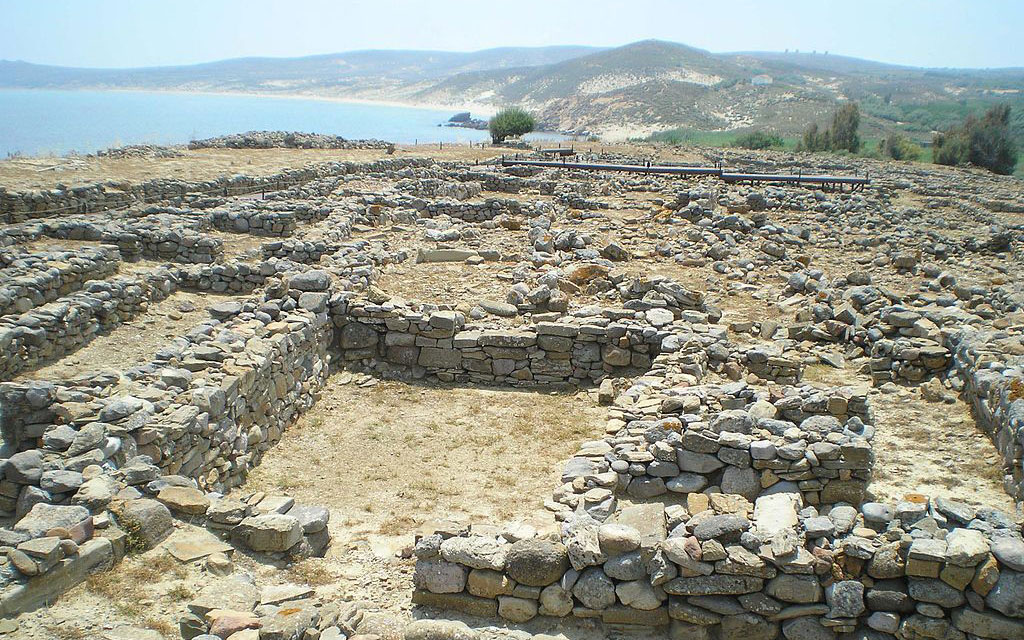Limnos: Where Greek Summer Still Feels Like It...
Unspoiled beaches, authentic flavors, and a...

Remains of building walls at Poliochne, Limnos
© ale3andro
The prehistoric settlement of Poliochni on the east coast of Limnos was first settled during the Final Neolithic in the mid-5th millennium BC. The earliest inhabitants developed a mixed economy of hunting, fishing and farming, benefitting from the island’s fertile land and plentiful supplies of fresh water.
The settlement underwent multiple architectural phases, reaching its floruit in the Early Bronze Age of the 3rd millennium BC. With its complex arrangement of stone-built houses, a 5 meter-high fortification wall, centralized public buildings and a network of paved roads, archaeologists consider Poliochni to be the first large-scale urban settlement in the Aegean – the oldest “city” in Europe.
The settlement prospered thanks to its strategic location on the maritime routes between Asia Minor, the Aegean islands and mainland Greece, becoming a commercial hub for metal, pottery, stone tools and textiles.
Among the new pottery styles developed at the end of the 3rd millennium BC was the famous two-handled depas cup, frequently mentioned by Homer. Examples of this pottery type were found in later levels at nearby Troy.
In ancient Greek mythology, Limnos was home to a tribe of Amazon-like female warriors who had killed all the men on the island. Thanks to its volcanic nature, it was also believed to be the location of the forge of Hephaestus, god of fire and metallurgy.
Unspoiled beaches, authentic flavors, and a...